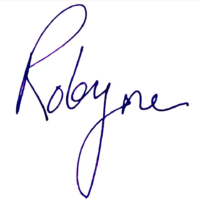Studying the Bible can be such a beautiful way to connect with God and grow in your faith. But there are times we seem to stall out, or have a hard time finding ways to apply what we learn. If you’re looking to make your Bible study more fruitful, here are five simple tips I have found key to getting the most out of my time in the Word.

1. Pray for Guidance
Before you even open your Bible, take a moment to pray. Ask God to open your heart and mind to what He wants to show you. The Holy Spirit is our guide when it comes to understanding Scripture, so invite Him to be a part of your study time. It sets the tone and opens you up to whatever God has in store. Trust me, it makes all the difference in focus and retention.
2. Change up Your Study Method
There’s no one-size-fits-all approach to Bible study, so find a method that resonates with you and if you find yourself stalling, explore another method. I enjoy inductive Bible study, but sometime there is too much going on in my life to really give it the time I would like, so I opt to do a guided study or simply read through the Bible and make notes. Use whatever method works for you, but don’t be afraid to change it up.
3. Use Multiple Translations
Reading from different Bible translations can bring new insights to familiar passages. Try comparing a more literal translation like the ESV with a contemporary one like the NIV. I also like to read the Amplified or Living Bible to get a sense of how that passage was interpreted by the version translators. Looking at different translations can help you see the nuances of the text and discover new layers of meaning.
4. Take Notes
As I mentioned in #2, writing things down can really deepen your understanding. Jot down verses that stand out, questions you have, or insights that come to you during your study. Your notes will not only help you reflect later, but they also create a personal record of your journey with God’s Word. One of my favorite things to do is to make an outline about what I have read. It takes a little more time than simply reading, but is not as intensive as an inductive study.
5. Apply What You Learn
The ultimate goal of Bible study isn’t just to gain knowledge—it’s to let God’s Word transform you. Take time to reflect on how the passage you’re studying applies to your life. How can you live out the truths you’ve discovered? Let Scripture shape your heart and actions.
The bottom line is that your faith grows when you spend time in the Word. My prayer for you is that you make time to have a transformative Bible study experience that helps you grow closer to God each day.
With Joy,





